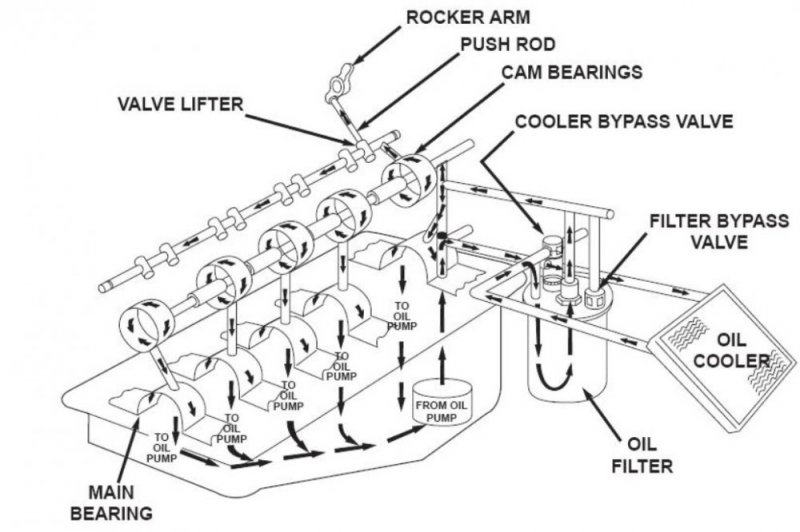valyidol
Active Member
But what is the main reason for broken lifters or a complex of reasons?
Follow along with the video below to see how to install our site as a web app on your home screen.
Note: This feature may not be available in some browsers.
No is not all. This block had worn-out planes of the main bearings. I did it low on .0039 and drilled a hole for the crankshaft. Then I checked the clearance only on one crank. After building, the diesel engine run about 300 miles after that it began to shoot the air filter (lifters). After about another 50 miles, the oil pressure began to dropFor the oil pump: when I was building my hotrod engines, I made an adapter plate to test the oil pumps. A flat piece of steel with 3 holes drilled in it. 2 on outside to bolt the plate to the oilpump,and one in the middle the same size as the output port. Then I welded on a female 1/8" npt fitting.
I mounted it to the oilpump, placed it in a vice, and hooked up a gauge. Used a 3/8" highspeed drill to drive the oilpump. Put a bucket with oil in it to the pickup tube and tested for pressure that way.
Hope this helps.
When you checked gaps in bearings, you checked each individual bearing- rods; mains; and most importantly cam bearings?

How to check the bypass?
You learned me something new.How do the lifter bores look?
Are you dealing with the rare factory machining screw up GM corrected with 0.010 oversize lifter(s)? In other words dropping a standard lifter in a 0.010 oversize bore?
From the 1993 Light Duty Truck Unit Repair manual:
"Some engines will have both standard and 0.010-inch oversize hydraulic lifters. The oversize lifter will have a "10" etched on the side. The block will be stamped "O.S." on the cast pad adjacent to the lifter bore and on the top rail of the cylinder case above the lifter bore